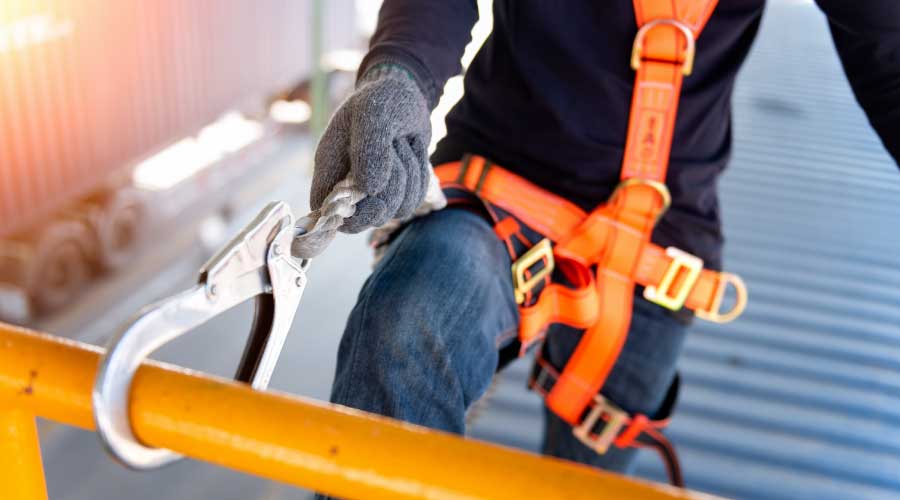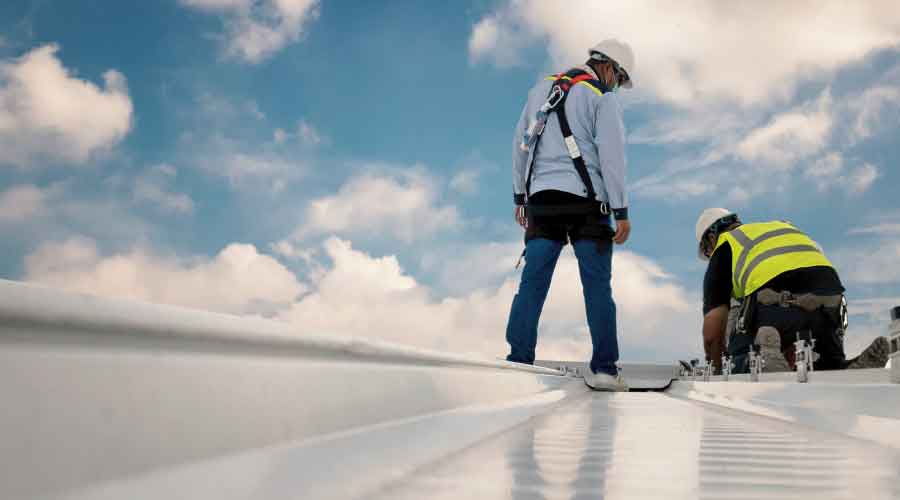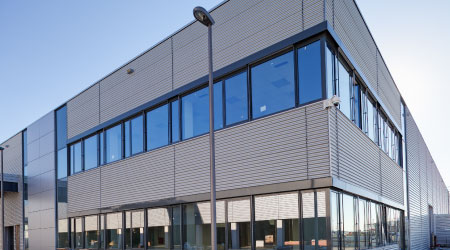Thermal Imaging: Moisture Inspections on Low-Slope Roofs
Infrared thermography has become a popular technology for maintenance and engineering managers seeking fast, reliable, and non-destructive testing in institutional and commercial facilities. Whether used to inspect electrical systems or mechanical equipment for heat-related failure, infrared technology is being successfully applied in a growing number of operational areas.
A facility's low-slope roof is one such application in which thermal imaging can help detect potential problems related to moisture. Using infrared technology, a qualified operator who follows proper inspection standards is able to evaluate a roof quickly and efficiently.
Monitoring Roof Conditions
Managers have many reasons to be attentive to the health of their roof systems. Most notably, roofs are costly to replace. Moisture trapped in the insulation beneath a roof membrane can rot or rust out the structural decking, compromising the integrity of the roof itself.
Once roof insulation has absorbed water, it takes a long time to dry. Infrared imaging can isolate potential problem areas, allowing workers to possibly salvage sections not affected by moisture, greatly reducing repair costs. Rotted roof decking also can endanger the safety of workers performing tasks on and under it.
Damage to facility assets is another important reason managers should inspect roofs with infrared. Water leaks can destroy critical electrical and mechanical systems within the building. A roof leak also can damage inventory, impacting overall operations and increasing possible monetary losses. Wet roof insulation is also a better conductor of thermal energy than dry insulation. As such, moisture trapped in roofing materials can raise a building's heating and cooling loads, increasing overall electricity and fuel costs associated with conditioning the facility.
Related Topics:













